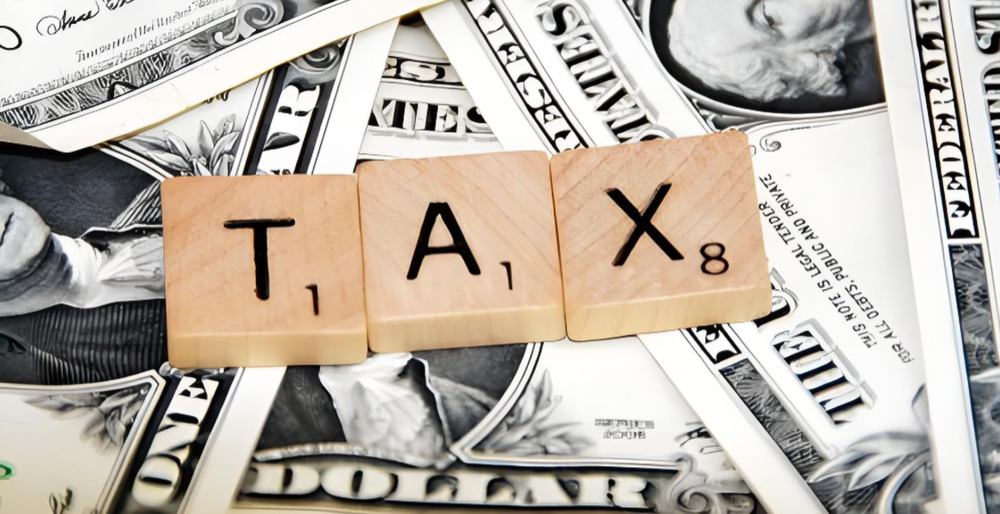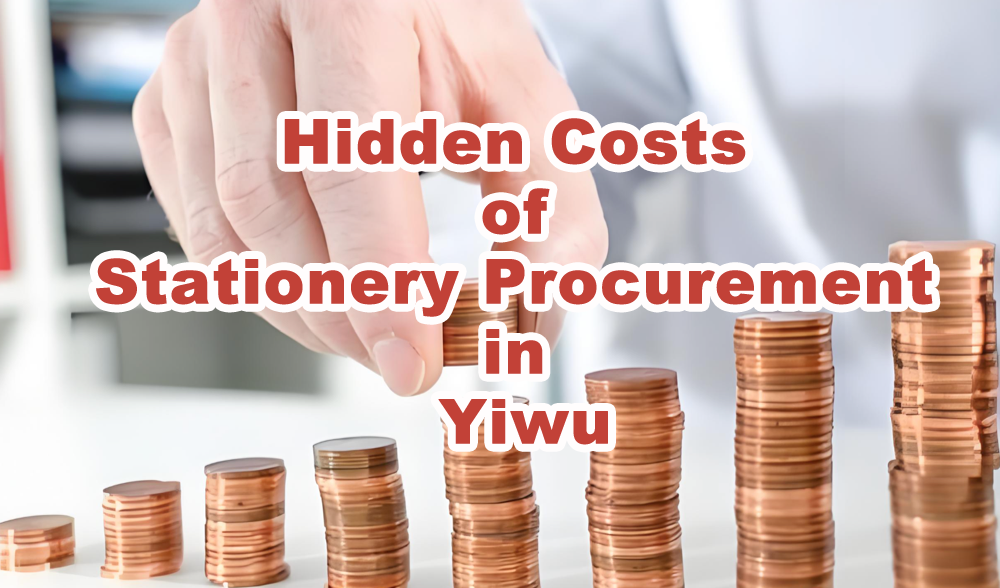When purchasing stationery in Yiwu, many overseas buyers are easily attracted by the dazzling array of low-priced products, but ignore the hidden additional costs in the transaction chain. These costs are often not directly reflected in the quotation, but may significantly compress profit margins, and even lead to delayed goods or legal disputes. Starting from practical cases, this article identifies the most easily overlooked categories of implicit costs and provides corresponding strategies.
1. The “stacked costs” in the logistics process
- Additional costs of LCL transportation
When the purchase quantity is insufficient to fill the entire container, LCL sea freight becomes a common choice. But in addition to the basic freight, the destination port also needs to bear the unpacking fee, operation handling fee, etc. Some ports may also impose minimum cargo volume limits, and even if the cargo volume is small, fees may still be charged according to the standard lower limit. - Potential expenses for packaging upgrades
The default packaging in Yiwu market usually only meets basic protection needs. If purchasing fragile items (such as glass ink tables) or precision stationery (such as electronic calculators), additional fees for shock reinforcement, wooden box customization, etc. need to be paid. Neglecting this step may result in damage to the goods during transportation, leading to higher claims costs in the future. - Special surcharges for remote areas
If the destination is not covered by the main shipping network, the freight forwarder may charge delivery fees for remote areas. These fees usually fluctuate based on the scarcity of routes and operational complexity, and need to be confirmed proactively before signing the contract.

2. Uncontrollable variables of taxation and tariffs
- Country differences in import tariffs
The tax rates for the same stationery may vary greatly in different countries. Some countries may also impose environmental taxes on specific categories (such as plastic products) or impose anti-dumping duties on “Made in China”. If the tax rate policy is not investigated in advance, the final landed cost may be far higher than expected. - Cost of processing certificate of origin
To enjoy regional tariff preferences (such as the ASEAN FORM E certificate), an additional certificate of origin must be applied for. Although the cost is relatively controllable, if customs clearance is delayed due to document omissions, the associated costs such as storage demurrage fees will significantly increase.

3. Indirect losses in communication and error correction
- Costs caused by language barriers
The English communication skills of Yiwu suppliers vary greatly, and complex orders are prone to production errors due to expression errors. From color deviation to logo printing errors, the cost of correction is often borne by the buyer. Hiring professional translators or using visual communication tools (such as annotated drawings) can reduce such risks. - Time cost and opportunity loss
Novice buyers often spend a lot of time screening suppliers due to unfamiliarity with market distribution. If you miss the peak production or logistics season, you may face delivery delays, air freight price increases, and other issues, indirectly pushing up procurement costs.

